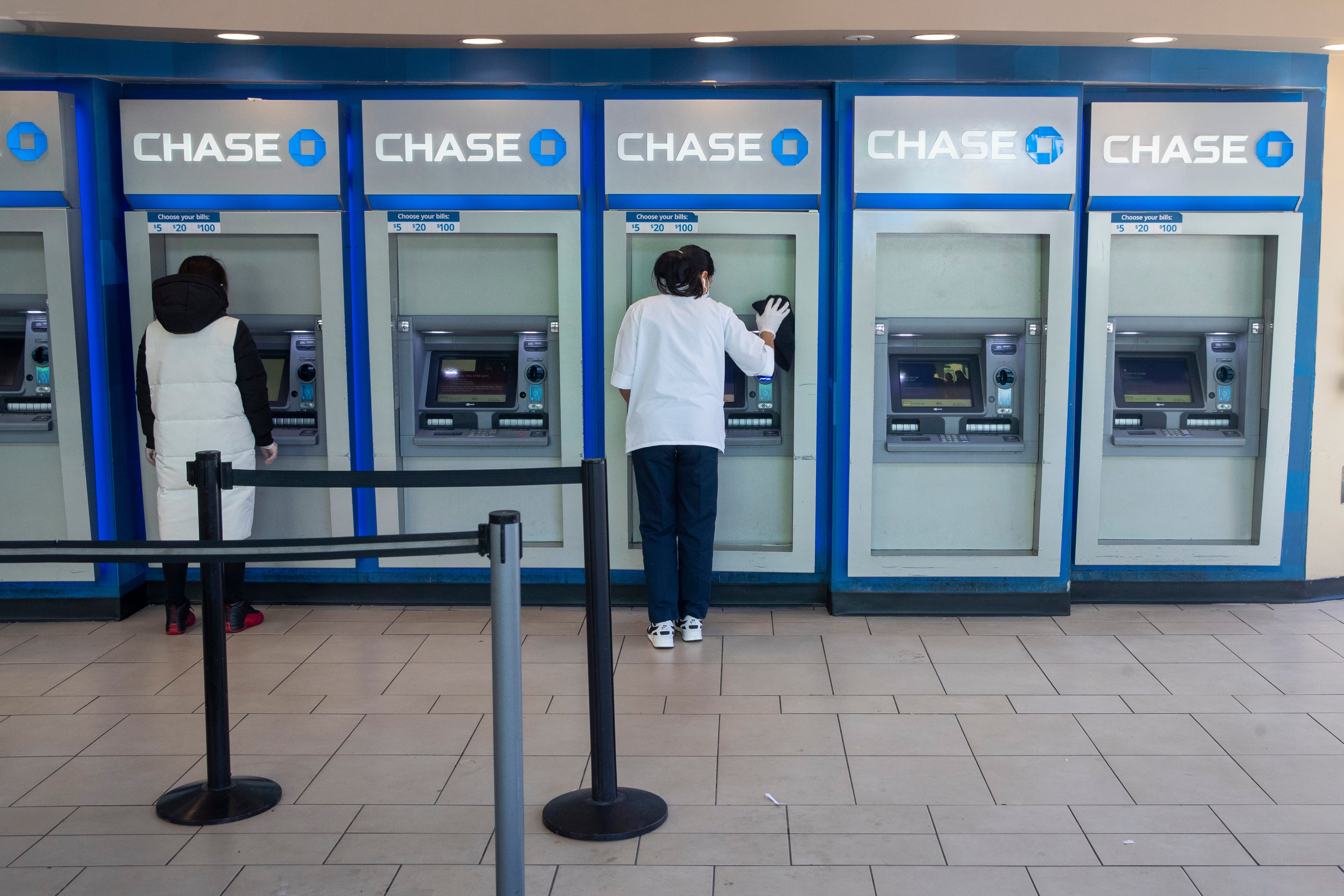Banks are paying savers again after many years of low rates
Banks are paying up for savers’ deposits in a much bigger way than they have in a long time

Your support helps us to tell the story
From reproductive rights to climate change to Big Tech, The Independent is on the ground when the story is developing. Whether it's investigating the financials of Elon Musk's pro-Trump PAC or producing our latest documentary, 'The A Word', which shines a light on the American women fighting for reproductive rights, we know how important it is to parse out the facts from the messaging.
At such a critical moment in US history, we need reporters on the ground. Your donation allows us to keep sending journalists to speak to both sides of the story.
The Independent is trusted by Americans across the entire political spectrum. And unlike many other quality news outlets, we choose not to lock Americans out of our reporting and analysis with paywalls. We believe quality journalism should be available to everyone, paid for by those who can afford it.
Your support makes all the difference.Americans are finally reaping some benefit from keeping their money in the bank.
Banks are paying up for savers' deposits in a much bigger way than they have in more than a decade, based on recent earnings reports from the nation's biggest banks.
After a decade of low interest rates, the Federal Reserve has unleashed a rapid series of rate hikes to combat inflation, pushing up its benchmark rate to a range of 4.75% to 5%. That has prompted banks to pay higher interest on traditional savings products like money market funds, certificates of deposit and regular savings accounts.
A 24-month CD, a common savings product for medium-term savers, is now carrying an average yield of 4.81%, according to the Federal Reserve Bank of St. Louis. That’s up from a 1.18% yield only a year ago. Further, non-bank names such as Apple are getting into the deposit game, giving savers even more options.
Banks were initially slow to raise their payouts as the Fed raised rates because they were awash in deposits. But those deposits have shrunk over the past year because inflation forced consumers and businesses to dip into their savings.
To bolster their deposits, banks are raising payouts to retain current customers and entice new ones. Some investors, leery of the current volatility in the stock and bond markets, could find a zero-risk investment like a savings account or CD an attractive option.
The volatility was only heightened after the failure of Silicon Valley Bank last month. A mass exodus of deposits in a short period of time doomed that bank, and led depositors at other midsize institutions to pull some of their money as well, although the withdrawals appear to have abated for now.
In a sign of how competitive it is getting for bank deposits, electronics giant Apple Inc. unveiled a savings account that will pay a 4.15% yield for Apple Card users. The savings account is in collaboration with Apple's consumer banking partner Goldman Sachs — and actually pays out more than the 3.90% Goldman pays for deposits under its Marcus brand.
Bank of America, the second largest bank in the country, told investors last week that it was paying on average 1.38% to customers for their deposits, up from 0.96% a year earlier. That figure is still low for BofA because the bulk of customers' funds are in checking accounts, which typically pay the lowest yield.
Another banking giant whose customers mostly have checking accounts — Wells Fargo — says its paying 1.22% for interest-bearing deposits versus paying just 0.04% for those same deposits a year earlier.
The big banks like BofA and Wells are still paying lower rates than most banks on their traditional savings accounts and checking accounts, due to them being mass market products. But the banks are offering six-month and one-year CDs for 3.5% to 4%, according to the latest term sheets.
JPMorgan Chase executives told investors on April 14 that while it saw roughly $50 billion in deposits flow into the bank in March after the collapse of Silicon Valley Bank, it does not expect all of those deposits to stay with JPMorgan. Some are likely to move into higher yielding money market funds and CDs being offered by other banks.
“It’s a competitive market, and it’s entirely possible that people temporarily come to us and then over time decide to go elsewhere,” said Jeremy Barnum, the banks chief financial officer, in a call with analysts.
Brokerage giant Charles Schwab said it saw significant movement of customer funds into money market accounts in the first quarter, as customers sought yield.